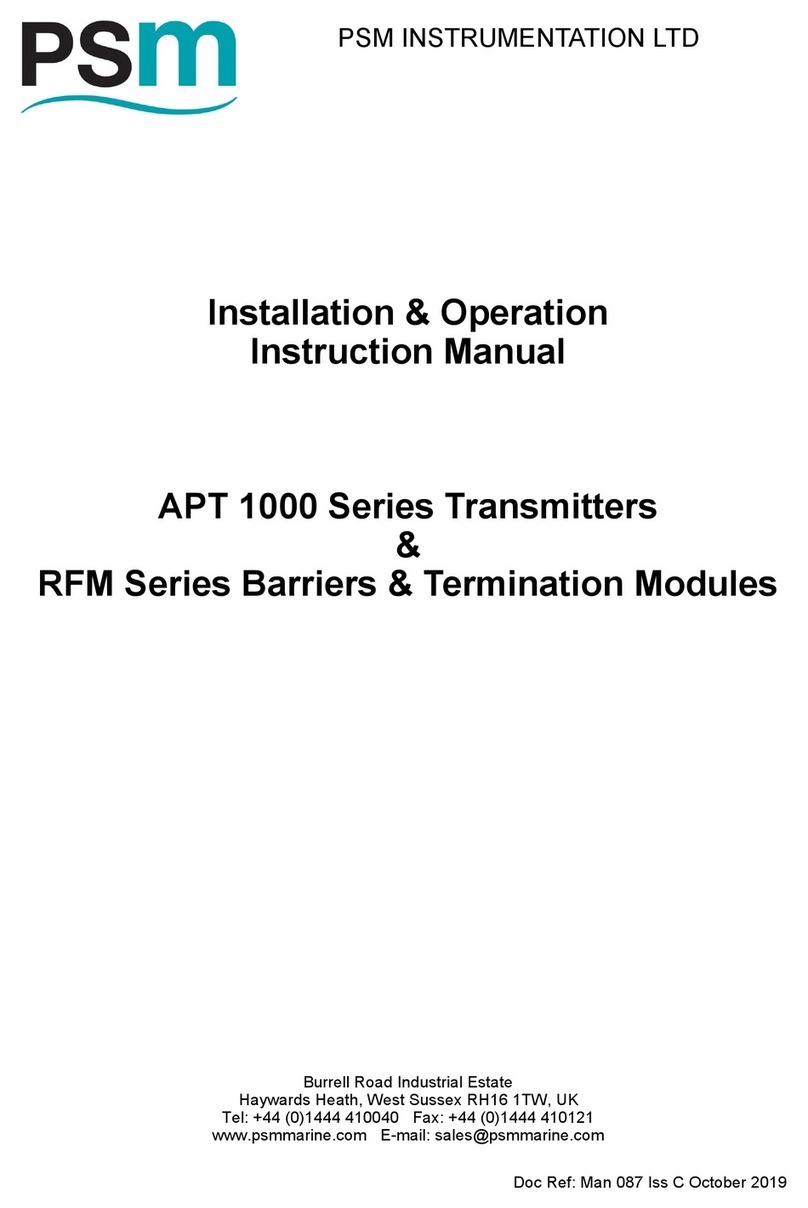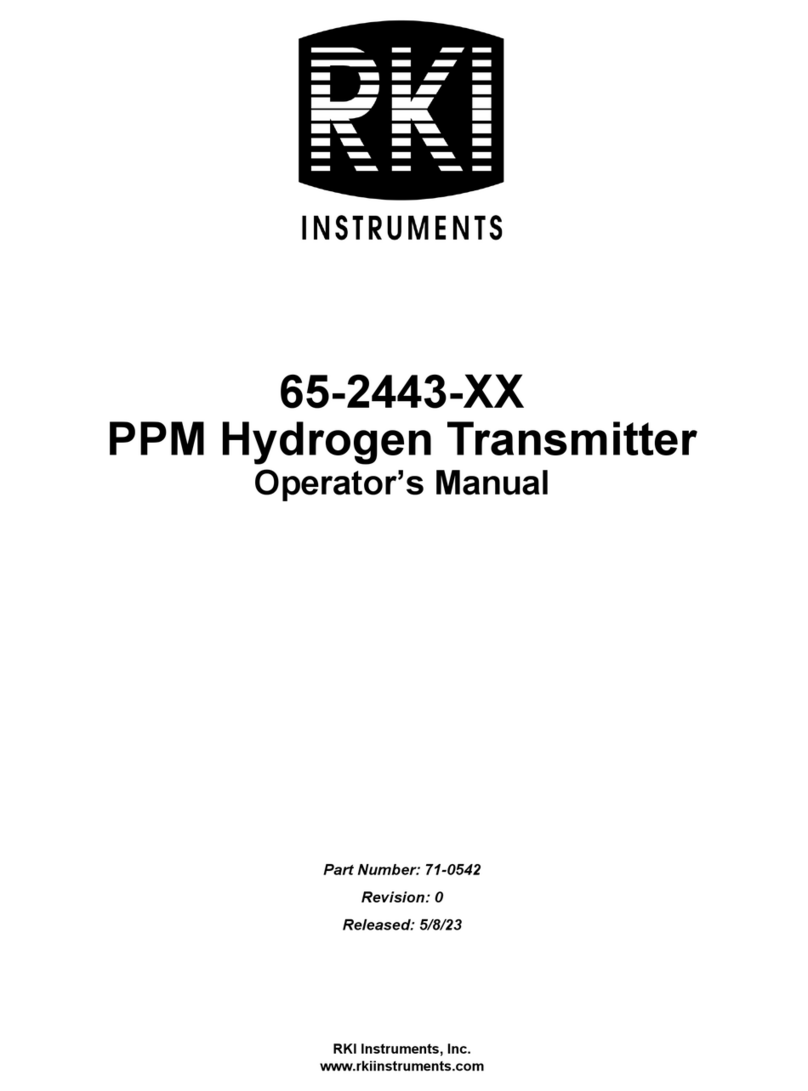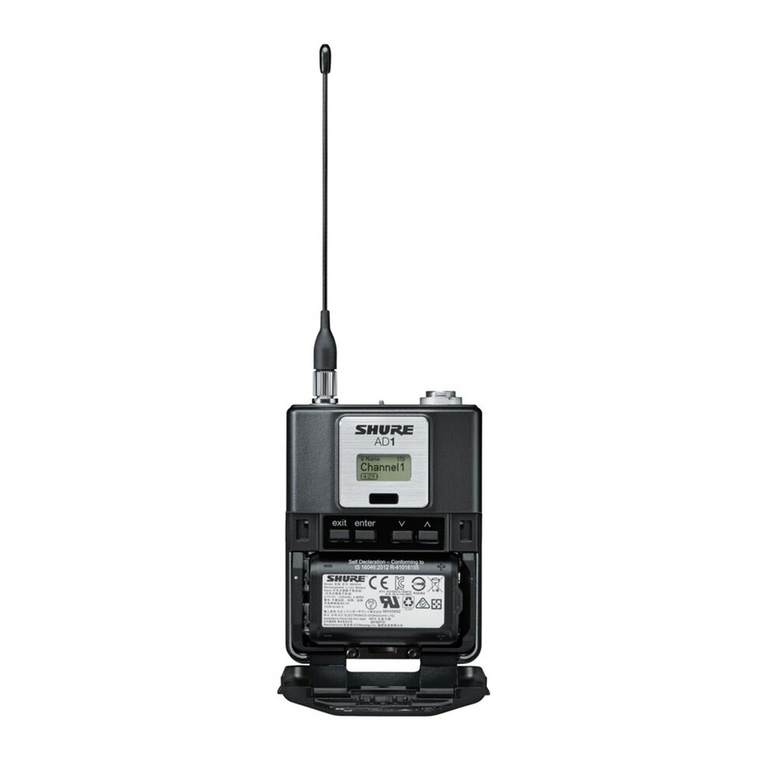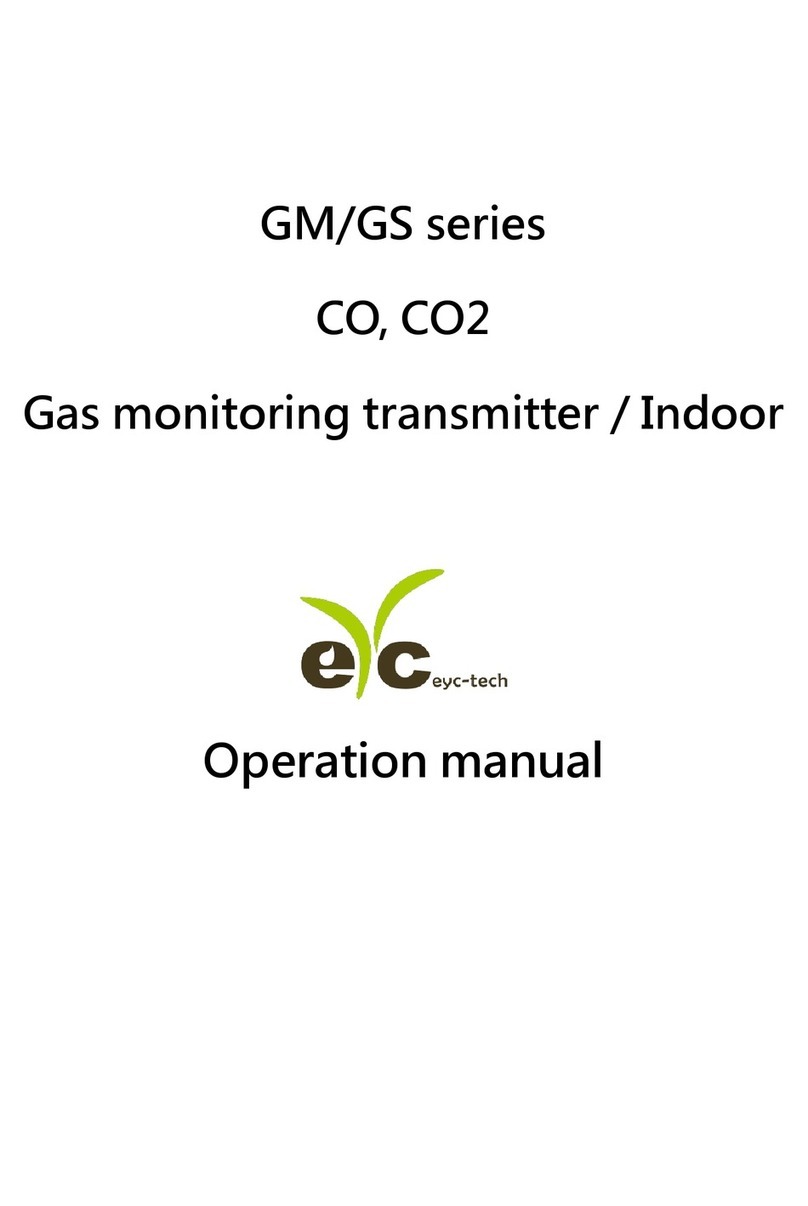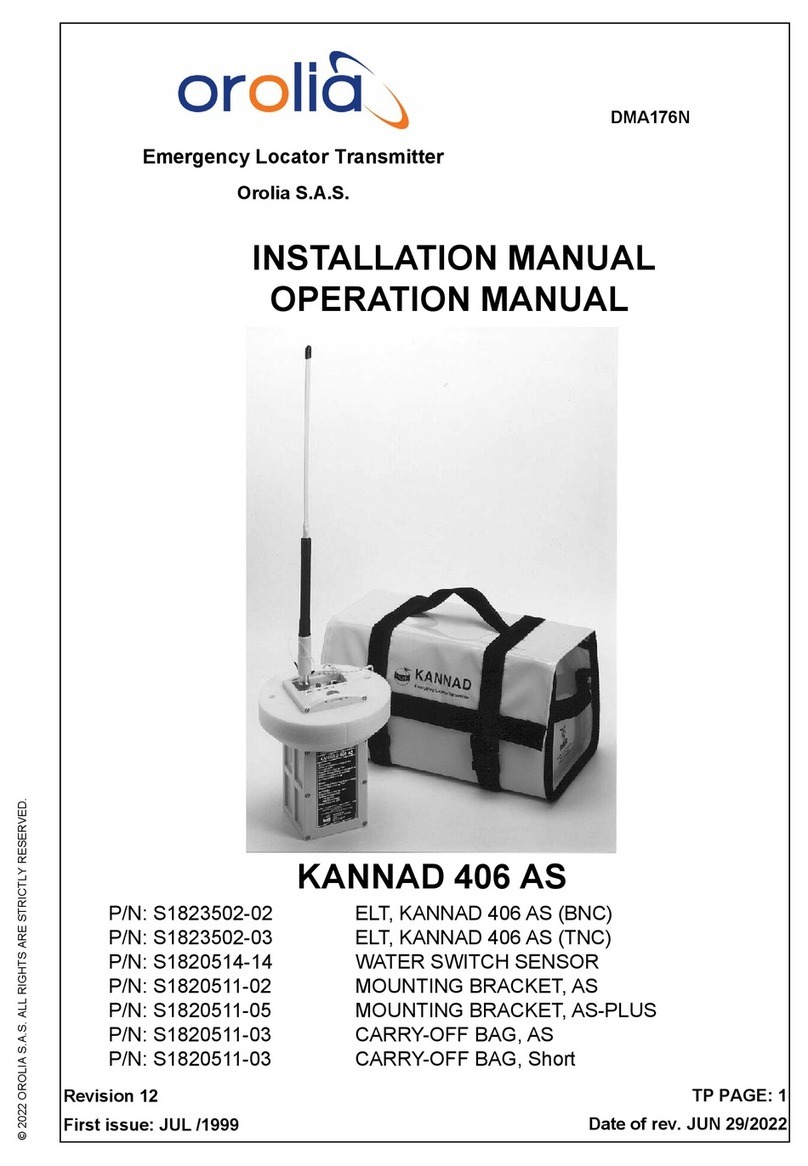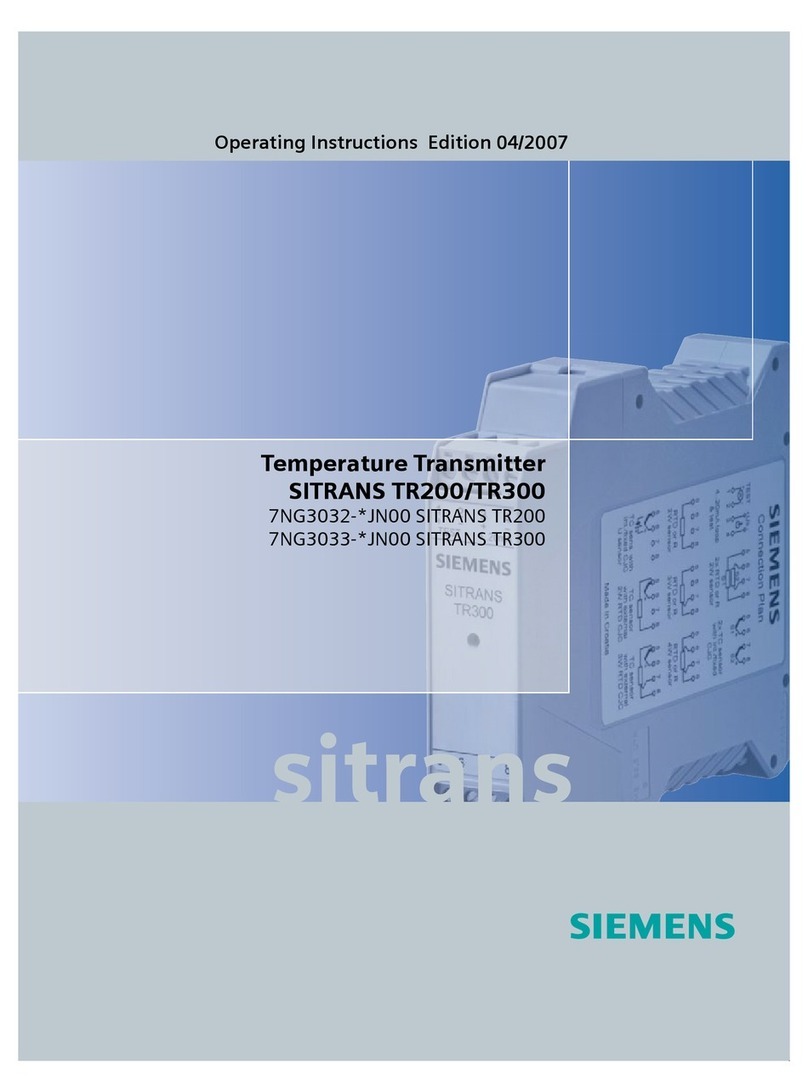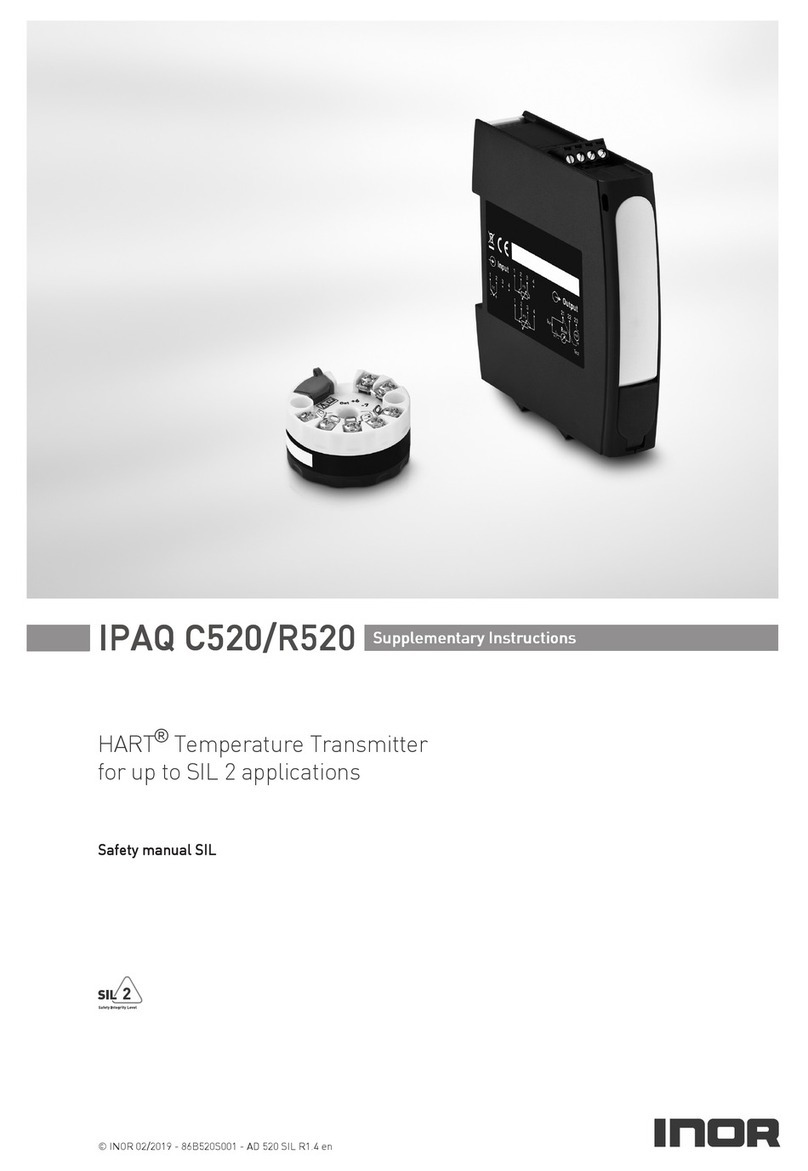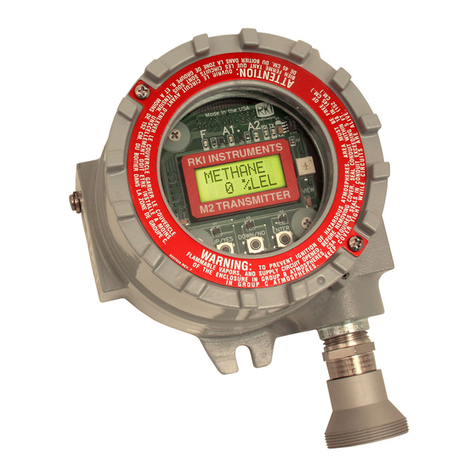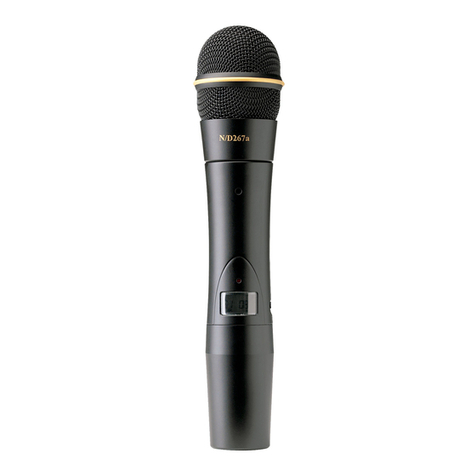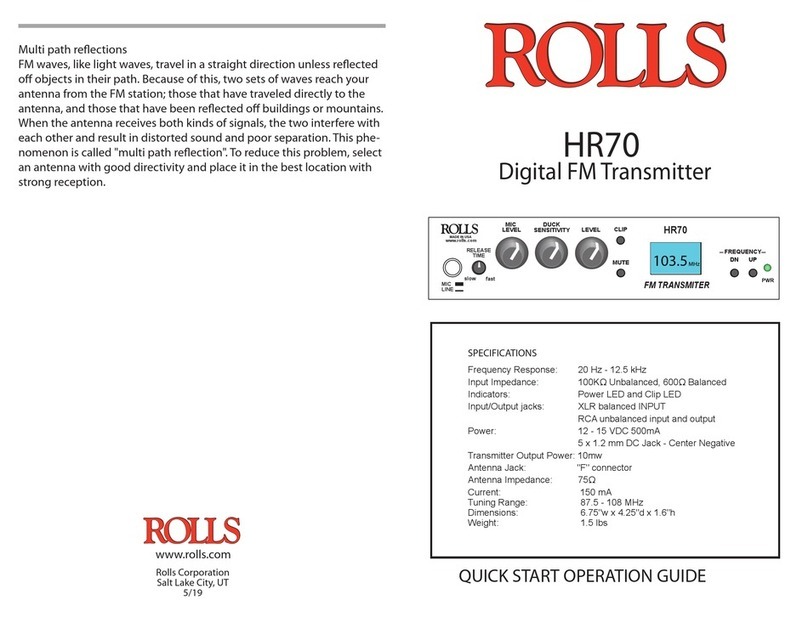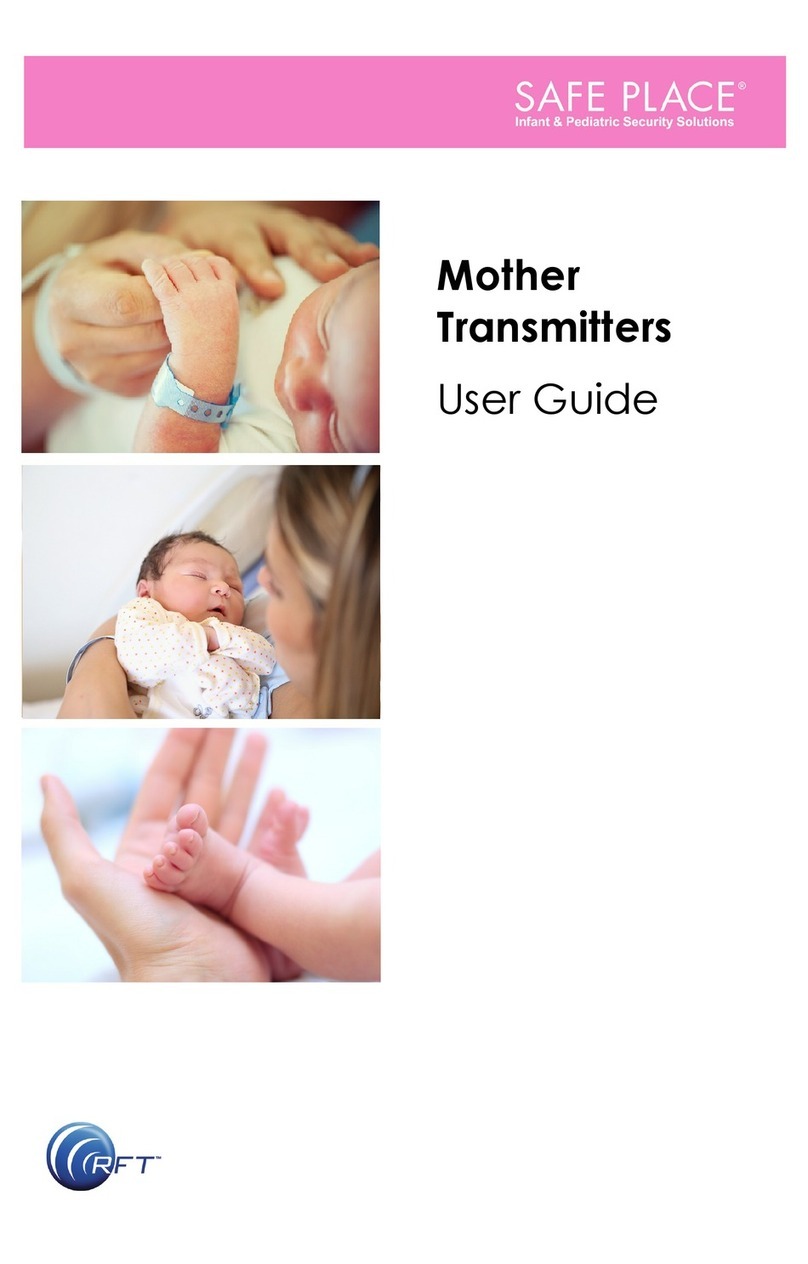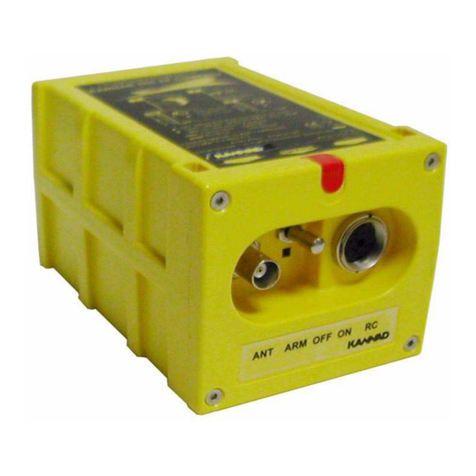PSM APT 500 Series Manual

Installation Operation & Maintenance
Instruction Manual
APT 500 Series
Doc Ref: Man 085D 28/02/2019
Burrell Road Industrial Estate
Haywards Heath, West Sussex RH16 1TW, UK
Tel: +44 (0)1444 410040 Fax: +44 (0)1444 410121
www.psmmarine.com E-mail: sales@psmmarine.com
PSM INSTRUMENTATION LTD

2
SECTION
TITLE
PAGE
1 General information
1.1 Safety instructions 3
1.2 Product liability and warranty 3
1.3 Product returns 3
1.4 EU conformity 3
2 Product description
2.1 Scope of delivery 4
2.4 Instrument measurement principle 5
2.5 Instrument calibration 5
3 Installation
3.1 Mechanical installation 6
3.2 Electrical installation 8
4 Supplement
4.1 ATEX and IECEx requirements 10
4.2 Technical data 13
4.3 Dimensions 15
2.3 Instrument identification 4
2.2 Instrument storage 4

3
General Information
Safety instructions
To prevent any damage to the device or any injury to the user it is essential that you read the
information in this document and observe applicable national standards and safety require-
ments.
This document is provided to help facilitate the safe and efficient operation of the instrument.
Product liability and warranty
All apparatus is carefully examined and tested before leaving the PSM workshop and is sent
out in perfect order and condition. We, therefore, give the following Guarantee which takes the
place of any Guarantee by Statute, common law or otherwise. If within 12 months from date of
despatch, any defect or fault is discovered in any component of our manufacture, due to faulty
material or bad workmanship, we undertake to make good the defect without charge, provided
that notice is given to us immediately on the discovery of the defect and the defective
components or parts thereof, are forwarded to us carriage paid for inspection. This guarantee
does not apply to defects caused by ordinary wear and tear, misuse, neglect, or by
circumstances over which we have no control.
Full terms and conditions are available from our website: www.psmmarine.com/about-us
Instrument return
All equipment is carefully examined and tested before leaving the PSM workshop and is sent
out in perfect order and condition.
Should it prove necessary to return any equipment for inspection, please ensure you follow the
process:
• Contact PSM for an RVN form and number
• The equipment must be accompanied by an RVN with clear instructions as to the reason
for return and what actions are requested.
• An explanation of the apparent fault together with details of the service conditions are
also required.
• Health & Safety requirements mean that we must be fully aware of any potential hazards
prior to working on returns.
Full terms and conditions are available from: www.psmmarine.com/about-us
EU conformity
This product meets all of the applicable EU Directives and is supplied with an EU Declaration.
1
1.1
1.2
1.3
1.4

4
2
2.1
2.2
2.3
Product description
Scope of delivery
Inspect the packaging and immediately report any signs of damage to your local agent or PSM
Instrumentation.
• APT 500 Series - Specific model code will depend on your order specification
• Installation Operation & Maintenance Instruction Manual
• EU Declaration
Storage
• Store the instrument in a dry location
• Storage Temperature range –35°C to +85°C
Instrument identification
Each instrument is marked with a unique information, that identifies type and
construction options.
(1) The model code defines the construction of the sensor. Refer to Technical data 4.3
(2) Unique Serial number consisting of the PSM sales order . For example 180890, followed
by two digits that denote the sensors specific identification from the sales order.
(3) This is the actual range the sensor has been calibrated too and in what units of measure.
(4) The specific amount of cable that has been fitted to the sensor.
(5) The date of when the instrument was factory manufactured.
(6) The operating temperature of the instrument.
(7) The range of voltage that can be used for the instrument to operate.**
(8) The signal that the instrument outputs.
(9) The specific materials that have been used in the construction of the instrument
(10) Will identify the certificate number and any other additional conditions when the
Instrument is going to be installed into the hazardous area.
(11) Red is positive (+) of the 4—20mA loop.
(12) Black is negative (-) of the 4—20mA loop.
(13) The screen should be terminated 360°within the cable entry gland to the termination
enclosure.
** The APT500 is a 2 wire 4-20mA transmitter therefore the maximum load in ohms that can be
applied is determined by the available supply voltage based on the following formula
Supply Voltage -10 = Load in Ohms
0.02
Where the supply voltage is insufficient the transmitter will not be able to reach its full scale
20mA output.

5
2.4
2.5
Instrument measurement principle
APT 500 Series level transmitters are designed for monitoring liquid levels and pressures on a
wide range of applications. The measurement principle is based on a highly accurate and sta-
ble pressure sensitive MEMS piezo-resistive cell
This pressure measurement cell is isolated from the process by a diaphragm with an internal
fluid fill transmitting the process pressure to it. Precise temperature compensation and zero
correction are applied during manufacture by laser trimming of compensation resistors.
The output from the measurement cell is converted by an internal circuit to an industry standard
4-20mA signal which is scaled to the user requirements.
The assembled sensor is fully encapsulated internally and a choice of construction materials for
the wetted parts of the transmitter provide compatibility with most process fluids.
Instrument calibration
The APT 500 is a fixed calibration sensor and is calibrated to either its nominal range or a
specific range as specified by the user specified when ordering.
Absolute sensors
Absolute pressure is measured relative to absolute zero pressure, as would be found in an
absolute vacuum. For this measurement the measurement cell is sealed with full vacuum ap-
plied internally.
The output from an absolute sensor will change both as a result of any change in process pres-
sure and any change in local barometric pressure. As a result, in order to determine actual
process pressure / level from the sensors output a barometric reference value must be applied.
This is usually provided by a separate input to the monitoring system from a sensor calibrated
to measure barometric pressure
Gauge sensors
In this case the measurement cell is vented to ambient air pressure through a vent tube in the
sensors cable. This allows the outside ambient air pressure to be applied to the internal side of
the cell to balance out ambient barometric pressure. Therefore a vented gauge pressure sen-
sor reads zero pressure when there is no process pressure applied.
Calibration of the sensors is undertaken at PSM using equipment with accuracy traceable to
UKAS standards

6
Installation
Mechanical installation
Prior to installation it is recommended that the following checks are made:
• That any specific factory calibration is in accordance with the process parameters / tank
height and that the APT 500 nominal range is suitable for the intended duty.
• Verify any instrument identification or tag number to ensure it is fitted in the correct loca-
tion.
The cable is factory fitted to the APT 500 ensure a pressure tight seal. and no attempt
should be made to remove the cable gland.
Instrument handling
Before and during installation the following precautions should be taken
• Do not touch the measurement cell of the APT 500 level transmitter
• Do not apply mains voltage to any cable conductor
• Ensure the APT cable is free from damage and defects
Sensor cable
The cable that is factory fitted to the transmitter is purpose designed for the application. It
contains a nylon vent tube which provides an atmospheric reference for the sensor if construct-
ed for a “gauge” measurement application. The end of the nylon tube has a short section of
silicon tube fitted, which carries a sintered filter. This filter provides a pressure path, but pre-
vents any moisture entering the vent tube and MUST remain in place. If the cable is shortened
this filter must be transferred to the new cable end.
Note that the cable has 4 cores. The Red and Black cores are used but the White and Green
cores are not required and if the cable is shortened then these must be cut back.
Note that if the APT 500 is constructed as an “absolute” measuring device, then there is no re-
quirement to vent the instrument cable to atmosphere. Precautions must still be taken however
to prevent moisture ingress into the cable vent tube.
The cable construction is of sufficient strength to enable the sensor to be directly suspended in
deep wells and reservoirs. The outer sheathing is a special material suitable for continuous
immersion in water,and many oils and chemicals. When handling the cable take particular care
not to damage the outer sheathing, and when securing using cable ties ensure that no sharp
edges can cut the outer insulation or that the cable might be exposed to chafing by moving
parts or vibration.
Ensure the cable is not bent to a radius less than 50mm.
When mounting the sensor allow sufficient free cable at the transmitter end to allow easy re-
moval for testing without straining the gland in the transmitter body.
3
3.1

7
Sensor fitting height
When a transmitter is used in tank level or volume applications it is essential to ensure that the
sensor is fitted at a known position and height above the bottom of the tank.
This data must be accurately recorded in the form of X,Y,Z coordinates referenced to known
datums on the vessel e.g. baseline, keel or frame numbers.
All calibration data, and any trim or heel tank level measurement correction in the monitoring
equipment will be related to this fitting position. If the sensor position is not accurately identified
and in agreement with the correction factors the displayed values will be incorrect.
Mounting
When mounting the unit, and depending upon the type of mounting, ensure that suitable
gaskets or sealants are employed to provide pressure tight seals. The sensor should not be
mounted where it will be subject to excessive or continuous vibration, extreme temperature
fluctuation or risk of mechanical damage.
Secure the cable as required over longer runs to prevent mechanical abrasion if it moves.
Do not secure the cable to any localised sources of high temperature heating such as steam
coils used in heavy oil tanks.
Mounting Options
The APT 500 has an 1/2” BSPP process connection with a Viton sealing ring. PSM can provide
a number of components and adapters for alternative mounting of the APT 500. Please contact
for further details.

8
3.2 Electrical installation
The APT 500 is 2 wire 4-20mA output transmitter.
Connect Red conductor to +ve supply
Connect Black conductor to –ve supply.
The cable is also provided with an overall braided screen. Where the termination enclosure is
metal and grounded this braid should be terminated in the cable entry gland ensuring that
once installed it is connected to ground via the gland / enclosure. Where the enclosure is non-
conductive, the third conductor which is a drain wire connected to the cable screen must be
terminated to an appropriate earth terminal. This conductor and the overall braid are connected
internally to the APT 500 sensor body.
The APT 500 may also be provided with ATEX or IECEx certification suitable for hazardous
area installation. For such applications additional safety components are required to limit the
amount of energy that can be transmitted from the safe to hazardous side.
Refer to the applicable sections in 4.1
Isolated power supplies
For all installations of the APT 500 it is important that the instrument is powered from an isolat-
ed power supply. The use of a non-isolated power source could to lead to issues with any
onboard earth fault monitoring system, unwanted earth current loops and the possibility of in-
stability / interference caused by any other equipment on the same power supply
Electromagnetic Compatibility
To maintain compliance to the EMC standards the following should be observed:
• The overall braid should be terminated in the entry gland.
• The termination enclosure material to be metal or conductive RFI screened
• All input/output cables from the termination enclosure to have overall braided screen ter-
minated to entry gland
• All cable screens should be terminated to the appropriate cable glands
• All termination enclosures should be bonded to earth using an independent earth bond-
ing strap. This strap should consist of either:
• 2 x Copper conductors each minimum csa 1.5mm2
• 1 x Copper conductor minimum csa 4mm2

9
Cable is normally provided to the required length with the ends terminated as depicted above.
If the cable needs to be shortened, the white and green cores must be individually insulated
and then overall insulated with heatshrink tubing. Alternatively, they may be connected to un-
used terminals within the terminal box. They cannot be left loose and un-terminated.
If the cable has to be shortened, the nylon vent tube should be cut to a free length of
approximately 20mm within the enclosure, it must be ensured that this tube is not blocked or
otherwise restricted and the silicon tube containing the sintered filter MUST be re-fitted to the
shortened length.
Where the sensor is measuring Gauge pressure the termination enclosure MUST be vented.
Red + Power Analogue
(4-20 mA)
Black - Power
Screen /
Drain
Earth
Connection
Fig 3
Fig 2
Fig 1
Vent Tube
Outer
Screen
Vent Tube
Cut back to outer sheath
if Absolute Sensor
Green and White wires to
be cut back and individully
insulated
All wires and vent
to be insulated
Vent Tube
Vent Tube

10
4
4.1
Supplement
ATEX and IECEx requirements
For intrinsically safe installations the APT 500 units in the hazardous area must be connected
to the safe area via approved safety barriers. These barriers fall broadly into two categories:
• Zener barriers (based on the shunt diode principle)
• Galvanic isolators
Either type of barrier may be employed subject to it meeting the required safety description.
PSM can provide guidance on a range of suitable barriers.
Shunt diode Zener barriers provide a resistor to limit the current flow, a (non-replaceable) fuse
to limit power and a Zener diode arrangement to limit voltage levels and provide a safe path to
earth. Zener barriers tie the 0v side of the transmitter supply to earth either directly or via a
diode arrangement. They must be connected to a high integrity earth to function as intended.
Intrinsically Safe Earth Connections are required to be made but should be made to a separate
instrumentation ‘Clean Earth’
There are generally two earthing systems recognised. The so-called 'dirty earth' has all the
non-critical data equipment and general equipment attached to it. The 'clean earth' has all the
critical data systems attached to it on the basis that less ‘noise’ will be found on this earth
Galvanic Isolators provide full galvanic isolation between safe area and hazardous area circuits
with power limiting achieved by using a diode resistor network similar to that of a shunt-diode
barrier. They do not require a high integrity earth, each side may be earthed independently
overcoming potential issues with earth loops.
For all intrinsically safe installations of the APT 500 it is essential that this instrument is pow-
ered from an isolated power supply. When a zener barrier is employed for power limiting this
will effectively tie the sensor supply 0V to earth, meaning a non-isolated power source can lead
to issues with any onboard earth fault monitoring system, resulting in unwanted earth current
loops and instability / interference caused by any other equipment on the same power supply
The use of an isolated supply means that there is no direct connection between the 0 volts /
I.S. earth at the sensor and the 0 volts at the ships supply

11
APT 500/I ATEX Approval
The optional intrinsically safe version of the APT 500/I is covered by the following certification
for use in hazardous areas.
Approval Certification
• ITS18ATEX203153X
Ex ia IIC T4 (T amb –30°C to +85°C)
ia Intrinsic Safety
IIC Acetylene & Hydrogen (Presence of Flammable/Combustible gas)
T4 135ºC (Maximum Surface Temperature)
Barrier selection
When selecting a Barrier the following parameters must be complied with:
Ui = 28Vdc
Ii = 93mA
Pi = 0.7W
Li = 0
Ci = 12nF
Conditions of Certification
Non-metallic parts on the exterior of the pressure transmitter may present an electrostatic
charging hazard.
Warning – Potential electrostatic charging hazard. Clean only using a damp
cloth
Where external parts of the pressure transmitter incorporate light metal components (i.e. in ex-
cess of 10 % in total of aluminium, magnesium, titanium and zirconium), the sensor must be
protected from impact such that impact / friction sparks cannot occur, taking into account rare
malfunction.
Installation requirements
The following standard should be followed when carrying out a hazardous area installation:
60079 Part 14
Strictly no modifications or user repairs are allowed
If any problems occur with the equipment please contact PSM Instrumentation.

12
APT 500/X IECEx Approval
The optional intrinsically safe version of the APT 500/X is covered by the following certification
for use in hazardous areas.
Approval Certification
• IECEx ITS 18.0012X
Ex ia IIC T4 (T amb –30°C to +85°C)
ia Intrinsic Safety
IIC Acetylene & Hydrogen (Presence of Flammable/Combustible gas)
T4 135ºC (Maximum Surface Temperature)
Barrier selection
When selecting a Barrier the following parameters must be complied with:
Ui = 28Vdc
Ii = 93mA
Pi = 0.7W
Li = 0
Ci = 12nF
Conditions of Certification
Non-metallic parts on the exterior of the pressure transmitter may present an electrostatic
charging hazard.
Warning – Potential electrostatic charging hazard. Clean only using a damp
cloth
Where external parts of the pressure transmitter incorporate light metal components (i.e. in ex-
cess of 10 % in total of aluminium, magnesium, titanium and zirconium), the sensor must be
protected from impact such that impact / friction sparks cannot occur, taking into account rare
malfunction.
Installation requirements
The following standard should be followed when carrying out a hazardous area installation:
60079 Part 14
Strictly no modifications or user repairs are allowed
If any problems occur with the equipment please contact PSM Instrumentation.

13
4.2
Specifications
Materials Sensor body 316L Stainless Steel or Titanium.
Hastelloy C276
option for Wetted
parts for external (to tank) mounting.
Diaphragm 316L or Titanium to match
body material.
Hastelloy
C276 process ports use
Tantalum diaphragm.
Standard Measurement Ranges (Bar) 0.2, 0.35, 1.0, 2.5, 4.0, 10, 20, 40.
(Other ranges to special order)
Measurement type Vented Gauge or Absolute
refer to PSM for availability of ranges
Overload 2 x Nominal range with no effect
Span setting accuracy 0.1% within compensated range
Zero setting accuracy 0.1% within compensated range
Total Error Band +/- 0.2% of Nominal range
Thermal compensation No thermal effect within the range 0 to 70°C
Long term stability Error not exceeding +/- 0.1% Per Annum
Max / Min process temperature -35 to +85°C
IP Rating IP68 suitable for continuous immersion
IECEx certification Refer to PSM for copies of current Certification
ATEX certification Refer to PSM for copies of current Certification
Signal Output / Power supply 4-20mA / 10 to 30V DC (2 wire)
Maximum load Supply dependent. Vs-10/0.02 = Load in Ohms
Weight 0.3Kg typical for body. Cable 0.1Kg / metre

14
APT 500 Series Analogue Level / Pressure Transmitter
550S APT 550 Level / Pressure Transmitter Submersible with Cable
550D APT 550 Level / Pressure Transmitter with Din Plug 43650
Certification
S Hazardous Area Approval NOT APPLICABLE
I Certified Intrinsically Safe to ATEX - Hazardous Area Approved
X Certified Intrinsically Safe to IECEx - Hazardous Area Approved
IX Dual Certification ATEX / IECEx - Hazardous Area Approved
Measurement Type
A Absolute
G Gauge
Nominal Range **
A 0.2 Bar Available as Gauge Only
B 0.35 Bar Available as Gauge Only
C 1.0 Bar
D 2.5 Bar
E 4.0 Bar
F 10 Bar
H 20 Bar
I 40 Bar
J 60 Bar
Process Connections / Fitting Options - Material 316SS Only
1 1/2" BSP Male (Standard)
2 3/4" BSP Male
3 1" BSP Male
4 DN25 PN16 SS Flange
5 Special
6 G1/2" to DIN EN837
7 Pole Adaptor Threaded G 1/2" Female
8 Pole Adaptor Threaded G 3/4" Female
9 1/2" BSP Male Process Connection / 3/4" BSP Male Head Adaptor Back
Cable Length mtrs
* * Heavy Duty Vented Cable - 3 mtrs Supplied as Std (Type 550S
Transmitter Body Material
TI Titanium (Body & Diaphragm)
SS Stainless Steel (Body & Diaphragm)
HT
Hastelloy Process Conn / Stainless Steel
body
Transmitter Orientation
H Horizontal
V Vertical with Diaphragm Facing Down
U Vertical with Diaphragm Facing Up
Optional Extra
APTXXX Internal Fixing Clamp Assembly
**
Transmitter will be calibrated for 4-20mA over Nominal range as standard
Where a specific calibration range is required this smust be advised separately
Actual calibration can be a maximum of 3:1 turndown from Nominal range.

15
4.3 Dimensions
Consult PSM for fitting adapters and options
28mm
AF HEX
Marine Heavy Duty Sensor Cable
with Vent Tube & Filter
Fully Potted
Cable Exit
APT Sensor All
Welded Construction
32
G1/2"
138
Vent Tube with Filter
16
Viton Seal
to DIN 3869

16
PSM WEEE Producer Registration No WEE/HC0106WW
Burrell Road Industrial Estate
Haywards Heath, West Sussex RH16 1TW, UK
Tel: +44 (0)1444 410040 Fax: +44 (0)1444 410121
www.psmmarine.com E-mail: sales@psmmarine.com
Table of contents
Other PSM Transmitter manuals
